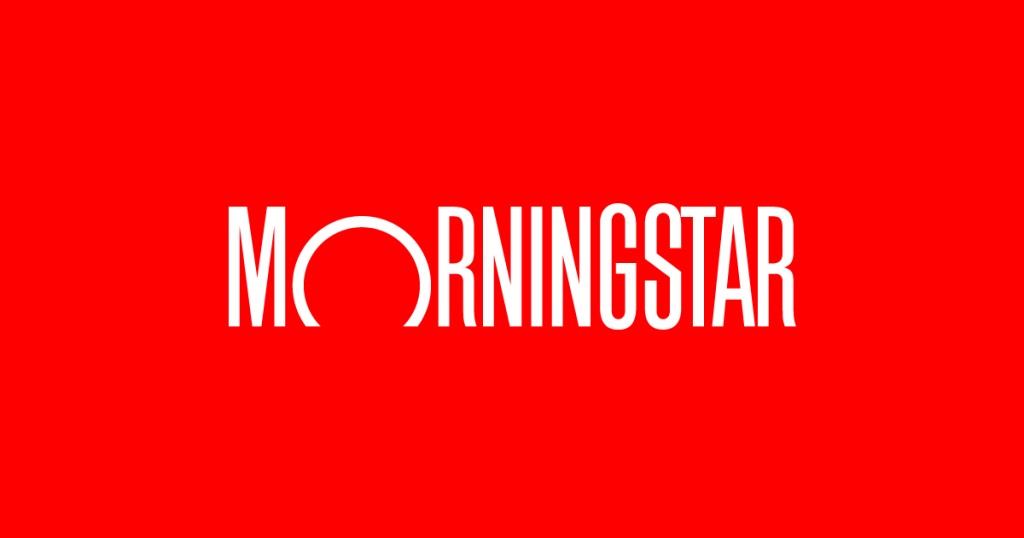By Britney Nguyen
Analysts are upbeat about the potential for IBM’s software business, despite disappointing performance there in the most recent quarter
Shares of International Business Machines Corp. were falling more than 7% on Thursday, toward their worst day since April 2024, a drop some analysts viewed as too severe.
IBM delivered a total revenue beat for the second quarter and maintained its guidance for the full year on Wednesday afternoon, but it came up just shy with its software revenue, which was likely weighing on the stock on Thursday.
IBM’s stock (IBM) had been on a recent rally, outperforming the S&P 500 and other Big Tech stocks so far this year and trading at more than 24 times forward earnings, setting the company up with “some real expectations to hit,” Melius Research analysts led by Ben Reitzes said in a note to clients on Thursday.
See more: Why is IBM’s stock down after an earnings beat? Here’s one quibble.
The stock’s drop could be tied to the software revenue miss, which the analysts said was due to lower transaction processing. They also cited IBM’s “lack of a material raise in the free-cash-flow guide.” The company is now looking for more than $13.5 billion, whereas its previous guidance called for about $13.5 billion.
But the Melius team sees “momentum” for IBM’s new z17 mainframe – its large-scale computer system that is used for processing vast amounts of transactions and data-intensive workloads – along with benefits from a weaker U.S. dollar and prospects for transaction processing to pick up, making “their cash flow and revenue outlook,” which still calls for at least 5% growth in constant currency, “seem quite conservative.”
Consensus estimates for IBM’s earnings per share “should go up,” and there’s “no need to panic,” the analysts said.
“We are buyers on weakness since IBM is still entering a big mainframe cycle, software is set to accelerate from here with help from Red Hat and Automation,” the Melius team said, adding that they see earnings upside in the next few years.
Melius said it views Red Hat, the hybrid cloud provider that IBM acquired in 2019, “as the business that is most important to IBM’s long-term multiple.” IBM reported that its hybrid cloud revenue was up 16%, or 14% in constant currency, in the second quarter – an increase from 12% and 13%, respectively, in the first quarter.
IBM’s consulting business, on the other hand, “is the weak spot,” the analysts said. With weak signings in the first and second quarters, the analysts said consulting revenues will likely be flat for the year. However, the company’s AI business, which IBM said stands at more than $7.5 billion, “should help stem downside in consulting a bit in coming quarters,” the analysts said. And the z17 mainframe will be “a major growth driver that could take organic growth above the 5%+ [constant-currency] target for the year,” the Melius team said, adding that they are “also upbeat about prospects for quantum computing long-term.”
Wedbush analysts led by Dan Ives also said in a Thursday note to clients that they “would be buyers of any knee-jerk weakness.” The analysts maintained an outperform rating for IBM’s stock and kept their price target at $325.
“We believe that IBM is well-positioned to capitalize on the current demand shift for hybrid and [artificial-intelligence] applications with more enterprises looking to implement AI for productivity gains and drive long-term profitable growth,” Wedbush said.
Bank of America analysts led by Wamsi Mohan adjusted their estimates for IBM in a note to clients on Thursday, moving their price target from $320 to $310 on a lower multiple of 23x to reflect organic deceleration in IBM’s software revenue.
“While we think this has turned into a show me story on software in [the second half of the year], we remain bullish on overall company trajectory,” the analysts said. They reiterated their buy rating on the stock, as they think estimates will move higher this year and next year “with increasing contribution from high-margin software.”
-Britney Nguyen
This content was created by MarketWatch, which is operated by Dow Jones & Co. MarketWatch is published independently from Dow Jones Newswires and The Wall Street Journal.
(END) Dow Jones Newswires
07-24-25 1343ET
Copyright (c) 2025 Dow Jones & Company, Inc.

